Polyurethane Catalyst PC-77: A Key Component in Sustainable Eco-Friendly Insulation Systems
Abstract:
Polyurethane (PU) insulation systems are widely utilized for their superior thermal performance and versatility. The development of sustainable and eco-friendly PU systems necessitates the exploration of advanced catalysts. This article focuses on Polyurethane Catalyst PC-77, a tertiary amine catalyst commonly employed in the production of rigid PU foams for insulation applications. We delve into its chemical properties, catalytic mechanism, advantages, disadvantages, applications in sustainable PU systems, and future trends, emphasizing its role in promoting environmentally responsible insulation solutions.
Table of Contents:
- Introduction 📌
- Chemical Properties of PC-77 🧪
2.1. Chemical Structure
2.2. Physical Properties
2.3. Chemical Stability - Catalytic Mechanism of PC-77 ⚙️
3.1. Mechanism of Polyol-Isocyanate Reaction
3.2. Mechanism of Water-Isocyanate Reaction
3.3. Influence on Foam Morphology - Advantages of PC-77 in PU Insulation Systems ✅
4.1. High Catalytic Activity
4.2. Controlled Reaction Rate
4.3. Improved Foam Properties
4.4. Cost-Effectiveness - Disadvantages of PC-77 in PU Insulation Systems ❌
5.1. Volatility and Odor
5.2. Potential for VOC Emissions
5.3. Yellowing Effect
5.4. Toxicity Concerns - Applications of PC-77 in Sustainable Eco-Friendly PU Insulation Systems ♻️
6.1. Bio-Based Polyols
6.2. Chemical Recycling of PU
6.3. Low GWP Blowing Agents
6.4. Reduced VOC Emissions - Future Trends and Developments 🚀
7.1. Development of Reactive Amine Catalysts
7.2. Encapsulation and Microencapsulation Techniques
7.3. Integration with Smart Building Technologies - Comparison with Alternative Catalysts 📊
- Safety and Handling Precautions ⚠️
- Conclusion 🏁
- References 📚
1. Introduction 📌
Polyurethane (PU) foams have become indispensable materials in various applications, particularly in the construction industry for thermal insulation. Their high insulation efficiency, lightweight nature, and ease of application have contributed to their widespread adoption. However, traditional PU formulations often rely on petroleum-based raw materials and blowing agents with high Global Warming Potential (GWP), raising environmental concerns.
The drive for sustainable and eco-friendly PU systems has led to intensive research and development efforts focusing on alternative raw materials, blowing agents, and catalysts. Catalysts play a crucial role in controlling the reaction kinetics and influencing the final properties of PU foams. Polyurethane Catalyst PC-77, a tertiary amine catalyst, is a commonly used component in the production of rigid PU foams for insulation. This article aims to provide a comprehensive overview of PC-77, focusing on its properties, mechanism, advantages, disadvantages, and its role in creating more sustainable PU insulation systems. We will also explore future trends and developments related to this catalyst and its application in eco-friendly insulation solutions.
2. Chemical Properties of PC-77 🧪
PC-77 belongs to the class of tertiary amine catalysts. Understanding its chemical properties is crucial for comprehending its catalytic activity and behavior in PU systems.
2.1. Chemical Structure:
While the exact chemical structure of "PC-77" can vary depending on the manufacturer, it generally refers to a blend of tertiary amines, often including triethylenediamine (TEDA) or derivatives thereof. TEDA is a bicyclic diamine with the chemical formula C6H12N2. Other possible components in PC-77 blends might include dimethylcyclohexylamine (DMCHA) or similar tertiary amines. The specific composition of the blend is often proprietary and tailored to achieve desired reaction profiles.
2.2. Physical Properties:
| Property | Typical Value | Unit |
|---|---|---|
| Appearance | Clear to slightly yellow liquid | – |
| Molecular Weight | Varies depending on specific composition (e.g., TEDA: 112.17 g/mol) | g/mol |
| Density | ~ 0.85 – 0.95 | g/cm3 |
| Boiling Point | Varies depending on specific composition (e.g., TEDA: 174 °C) | °C |
| Flash Point | Typically > 60 | °C |
| Viscosity | Low | cP |
| Solubility | Soluble in most polyols and isocyanates | – |
2.3. Chemical Stability:
PC-77, like other tertiary amines, is generally stable under typical PU processing conditions. However, it can be susceptible to degradation at elevated temperatures or in the presence of strong oxidizing agents. Prolonged exposure to air can also lead to discoloration and a slight decrease in activity. Proper storage in sealed containers is crucial to maintain its quality.
3. Catalytic Mechanism of PC-77 ⚙️
PC-77 accelerates the formation of PU foam by catalyzing two primary reactions: the reaction between polyol and isocyanate (gelation) and the reaction between water and isocyanate (blowing).
3.1. Mechanism of Polyol-Isocyanate Reaction:
The tertiary amine acts as a nucleophilic catalyst, enhancing the reactivity of the hydroxyl group in the polyol towards the isocyanate group. The mechanism involves the following steps:
- The tertiary amine (R3N) forms a hydrogen bond with the hydroxyl group of the polyol (ROH):
R3N + ROH ⇌ R3N…HOR - This interaction increases the nucleophilicity of the oxygen atom in the hydroxyl group.
- The activated hydroxyl group then attacks the electrophilic carbon atom of the isocyanate group (RNCO):
R3N…HOR + RNCO → R3N+H…(ROCONHR)– - A proton transfer occurs, regenerating the tertiary amine catalyst and forming the urethane linkage:
R3N+H…(ROCONHR)– → R3N + ROCONHR
3.2. Mechanism of Water-Isocyanate Reaction:
This reaction generates carbon dioxide (CO2), which acts as the blowing agent in the foam formation. The mechanism is similar to the polyol-isocyanate reaction:
- The tertiary amine activates the water molecule (H2O):
R3N + H2O ⇌ R3N…HOH - The activated water molecule attacks the isocyanate group:
R3N…HOH + RNCO → R3N+H…(HOOCONHR)– - The carbamic acid intermediate (HOOCONHR) is unstable and decomposes to form an amine and carbon dioxide:
HOOCONHR → RNH2 + CO2 - The amine (RNH2) then reacts further with isocyanate to form a urea linkage.
3.3. Influence on Foam Morphology:
The relative rates of the gelation and blowing reactions, influenced by the catalyst, determine the final morphology of the PU foam. PC-77, typically being a balance of gelation and blowing catalysts, contributes to a well-defined cell structure, good dimensional stability, and optimal insulation properties. Imbalance can lead to issues like cell collapse (too much blowing) or closed-cell structure with poor flow (too much gelation).
4. Advantages of PC-77 in PU Insulation Systems ✅
PC-77 offers several advantages that make it a popular choice in PU foam production.
4.1. High Catalytic Activity:
PC-77 exhibits high catalytic activity, even at relatively low concentrations. This allows for efficient production of PU foams with desired properties.
4.2. Controlled Reaction Rate:
The catalyst blend in PC-77 is designed to provide a balanced reaction profile, allowing for controlled gelation and blowing rates. This control is crucial for achieving optimal foam structure and preventing defects.
4.3. Improved Foam Properties:
The use of PC-77 can lead to improved foam properties, including:
- Enhanced dimensional stability: The balanced reaction profile contributes to a more stable foam structure that is less prone to shrinkage or expansion.
- Improved cell structure: PC-77 promotes the formation of uniform and fine cell structures, leading to better insulation performance.
- Increased compressive strength: A well-defined cell structure also contributes to increased compressive strength.
- Reduced friability: The catalyst can help to create a more durable foam that is less prone to crumbling or breaking.
4.4. Cost-Effectiveness:
PC-77 is readily available and relatively inexpensive compared to some specialized catalysts. This contributes to its widespread use in PU foam production.
5. Disadvantages of PC-77 in PU Insulation Systems ❌
Despite its advantages, PC-77 also has some drawbacks that need to be addressed.
5.1. Volatility and Odor:
PC-77 can be volatile, leading to unpleasant odors during processing. This can pose challenges for worker safety and environmental regulations.
5.2. Potential for VOC Emissions:
The volatility of PC-77 also contributes to Volatile Organic Compound (VOC) emissions, which can have negative impacts on air quality and human health.
5.3. Yellowing Effect:
Tertiary amine catalysts can contribute to yellowing of the PU foam over time, particularly when exposed to UV radiation. This can be a cosmetic issue, especially in visible applications.
5.4. Toxicity Concerns:
Some tertiary amines used in PC-77 blends may have potential toxicity concerns, requiring careful handling and exposure control. Furthermore, the presence of residual amines in the final product is also a concern.
6. Applications of PC-77 in Sustainable Eco-Friendly PU Insulation Systems ♻️
The challenges associated with PC-77 have spurred research into mitigating its negative impacts and incorporating it into more sustainable PU systems.
6.1. Bio-Based Polyols:
PC-77 can be used in conjunction with bio-based polyols derived from renewable resources such as vegetable oils, lignin, and sugars. This reduces the reliance on petroleum-based feedstocks, making the PU system more sustainable. However, the reactivity of bio-based polyols can differ from that of conventional polyols, requiring careful optimization of the catalyst system.
6.2. Chemical Recycling of PU:
PC-77 can play a role in the chemical recycling of PU foams. Some depolymerization processes utilize catalysts to break down the PU polymer into its constituent monomers, which can then be re-used to produce new PU materials. PC-77 itself is unlikely to be directly recovered, but its initial contribution to creating the foam enables later recycling efforts.
6.3. Low GWP Blowing Agents:
The use of PC-77 can be optimized for use with low-GWP blowing agents such as hydrofluoroolefins (HFOs), hydrocarbons (e.g., pentane), and CO2 (generated from water reaction). These alternatives significantly reduce the environmental impact of PU foam production. The catalyst system must be carefully adjusted to match the reactivity and solubility characteristics of these blowing agents.
6.4. Reduced VOC Emissions:
Strategies to reduce VOC emissions associated with PC-77 include:
- Reactive Amine Catalysts: Developing tertiary amines that react with the isocyanate during the PU reaction, becoming incorporated into the polymer matrix and reducing their volatility.
- Amine Blends with Reduced Volatility: Utilizing blends of tertiary amines with higher molecular weights and lower vapor pressures.
- Post-Treatment Processes: Implementing post-treatment processes, such as air stripping or chemical scrubbing, to remove residual amine vapors from the foam.
7. Future Trends and Developments 🚀
The future of PC-77 and related catalysts in PU insulation systems is focused on addressing its limitations and maximizing its potential in sustainable applications.
7.1. Development of Reactive Amine Catalysts:
A major trend is the development of reactive amine catalysts that become chemically bound to the PU polymer during the reaction. This significantly reduces VOC emissions and eliminates the odor issues associated with conventional tertiary amines. These catalysts often contain functional groups that can react with isocyanates, such as hydroxyl or amine groups.
7.2. Encapsulation and Microencapsulation Techniques:
Encapsulation and microencapsulation techniques can be used to control the release of PC-77 during the PU reaction. This allows for a more precise control of the reaction kinetics and reduces the exposure of workers to the catalyst vapors.
7.3. Integration with Smart Building Technologies:
PU insulation systems with advanced catalysts can be integrated with smart building technologies to optimize energy efficiency and reduce environmental impact. For example, sensors can monitor the thermal performance of the insulation and adjust heating and cooling systems accordingly.
8. Comparison with Alternative Catalysts 📊
| Catalyst Type | Advantages | Disadvantages | Typical Applications |
|---|---|---|---|
| Tertiary Amine (PC-77) | High activity, cost-effective, versatile | Volatility, odor, potential for VOC emissions, yellowing, toxicity concerns | Rigid PU foams, spray foam insulation |
| Organometallic (e.g., Tin) | High activity, good control over gelation reaction | Toxicity, potential for hydrolysis, environmental concerns | Flexible PU foams, coatings, elastomers |
| Reactive Amine | Reduced VOC emissions, lower odor | Can be more expensive, may require optimization for specific formulations | Low-VOC PU foams, automotive applications |
| Metal-Free (e.g., Guanidine) | Lower toxicity, environmentally friendly | Lower activity compared to tertiary amines and organometallics, requires higher loading | Applications where toxicity is a major concern |
| Delayed Action (Blocked) | Provides latency, allowing for better flow and processing characteristics | Higher cost, requires specific activation conditions | Spray foam insulation, where slow initial reaction is desired |
9. Safety and Handling Precautions ⚠️
PC-77, like all chemicals, requires careful handling and storage to ensure worker safety and prevent environmental contamination.
- Personal Protective Equipment (PPE): Wear appropriate PPE, including gloves, safety glasses, and respiratory protection, when handling PC-77.
- Ventilation: Use adequate ventilation to minimize exposure to vapors.
- Storage: Store PC-77 in sealed containers in a cool, dry, and well-ventilated area.
- Disposal: Dispose of PC-77 waste in accordance with local regulations.
- Material Safety Data Sheet (MSDS): Always consult the MSDS for specific safety and handling information.
10. Conclusion 🏁
Polyurethane Catalyst PC-77 remains a widely used catalyst in the production of PU insulation systems due to its high activity, cost-effectiveness, and versatility. However, its volatility, odor, and potential for VOC emissions necessitate the development and adoption of more sustainable alternatives. Research efforts are focused on reactive amine catalysts, encapsulation techniques, and the integration of PC-77 with bio-based polyols and low-GWP blowing agents. By addressing the limitations of PC-77 and embracing innovative technologies, the PU industry can continue to develop eco-friendly insulation solutions that contribute to a more sustainable future. The continued development and optimization of catalyst systems are crucial for achieving the desired balance of performance, cost, and environmental impact in PU insulation systems.
11. References 📚
- Oertel, G. (Ed.). (1994). Polyurethane Handbook. Hanser Gardner Publications.
- Rand, L., & Chattha, M. S. (1995). Polyurethane Technology. CRC Press.
- Woods, G. (1990). The ICI Polyurethanes Book. John Wiley & Sons.
- Ashida, K. (2006). Polyurethane and Related Foams: Chemistry and Technology. CRC Press.
- Hepburn, C. (1991). Polyurethane Elastomers. Elsevier Science Publishers.
- Prociak, A., Ryszkowska, J., & Uram, Ł. (2016). Bio-based polyurethane foams. Industrial Crops and Products, 87, 251-272.
- Garcia, J. M., & Robertson, M. L. (2017). The future of plastics recycling. ACS Sustainable Chemistry & Engineering, 5(8), 6953-6960.
- Datta, J., & Kothandaraman, B. (2001). Advances in catalysts for polyurethane coatings. Progress in Polymer Science, 26(3), 481-518.
- Wirpsza, Z. (1993). Polyurethanes: Chemistry, Technology, and Applications. Ellis Horwood.
- Ulrich, H. (1996). Introduction to Industrial Polymers. Hanser Gardner Publications.
Extended reading:https://www.bdmaee.net/wp-content/uploads/2022/08/-MP602-delayed-amine-catalyst-non-emission-amine-catalyst.pdf
Extended reading:https://www.bdmaee.net/niax-a-4-catalyst-momentive/
Extended reading:https://www.newtopchem.com/archives/573
Extended reading:https://www.newtopchem.com/archives/929
Extended reading:https://www.bdmaee.net/wp-content/uploads/2022/08/102-5.jpg
Extended reading:https://www.bdmaee.net/dioctyldichlorotin/
Extended reading:https://www.bdmaee.net/33-iminobisnn-dimethylpropylamine/
Extended reading:https://www.newtopchem.com/archives/category/products/page/80
Extended reading:https://www.bdmaee.net/pc-cat-tko-catalyst-nitro/
Extended reading:https://www.newtopchem.com/archives/981



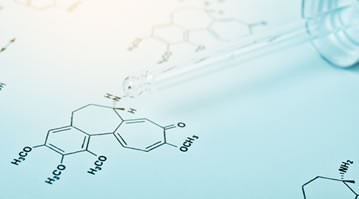

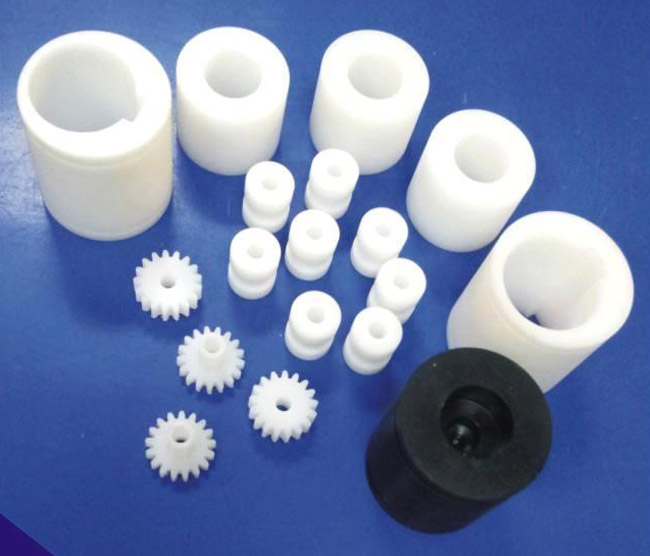


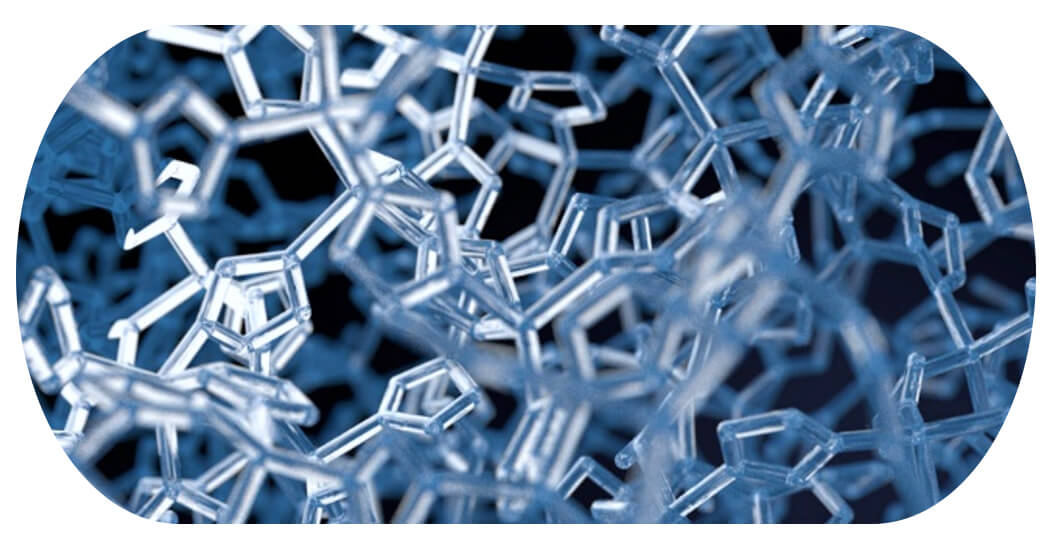
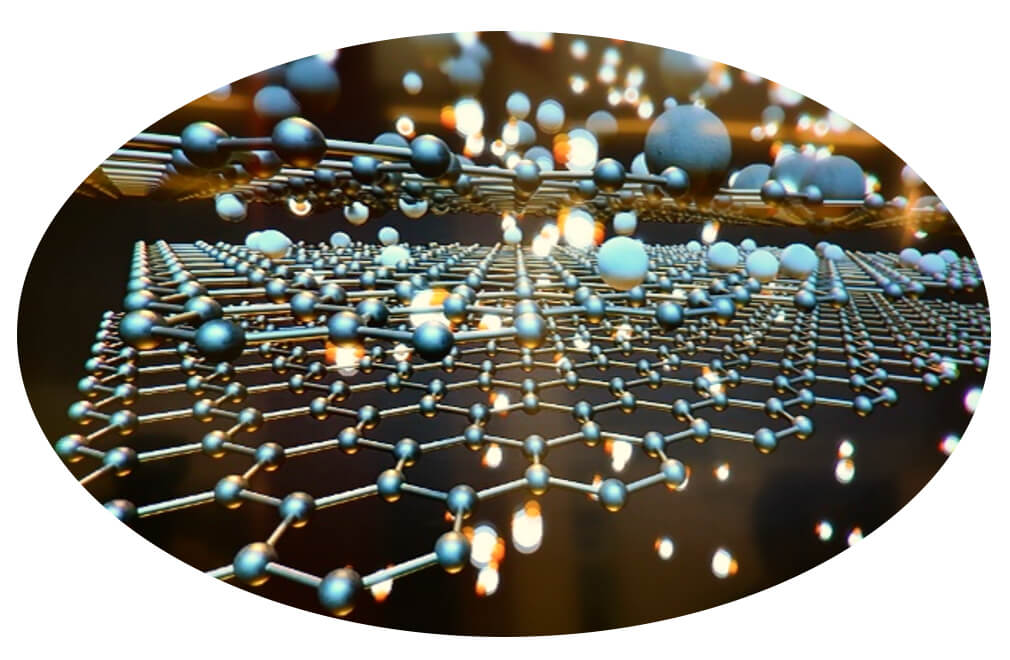
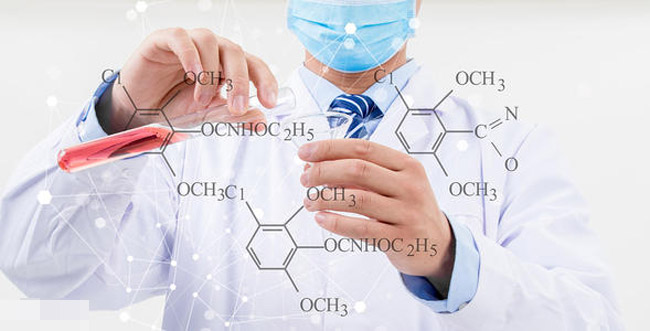
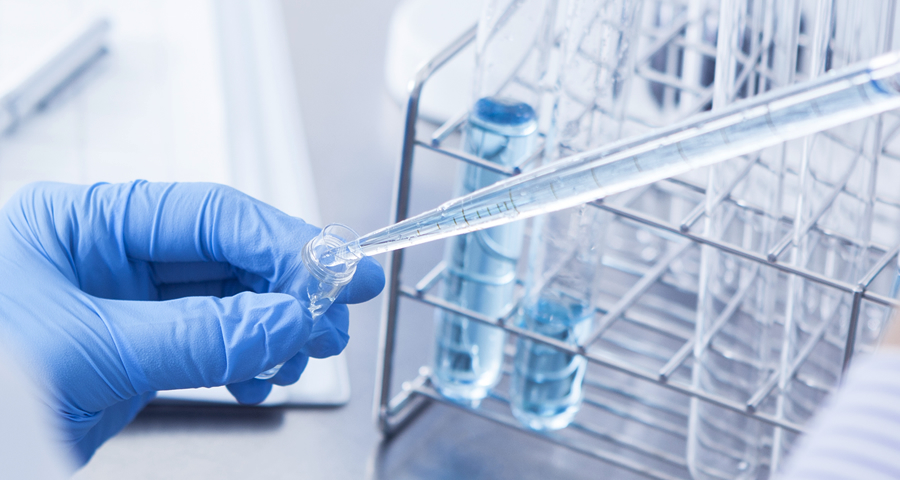
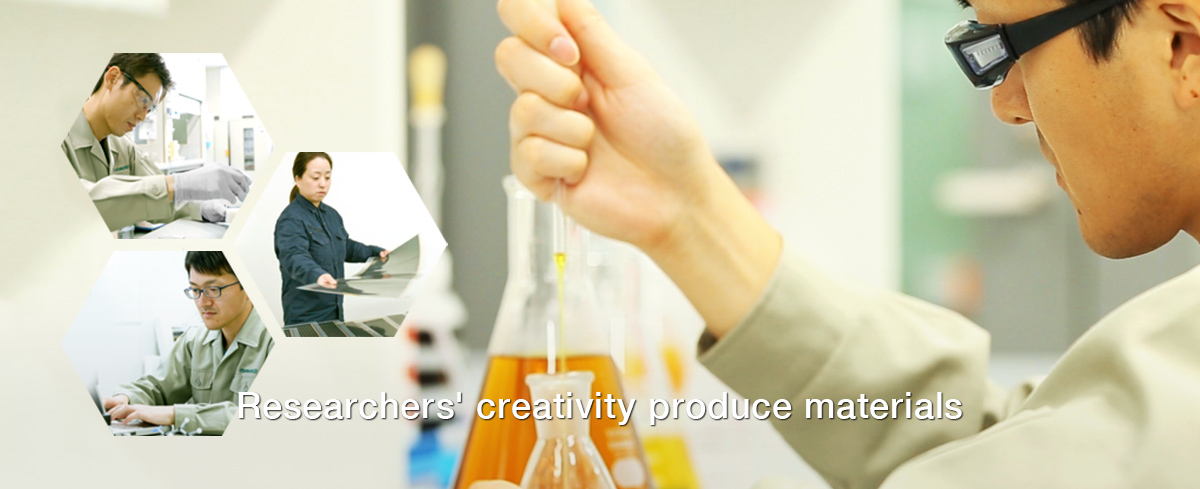


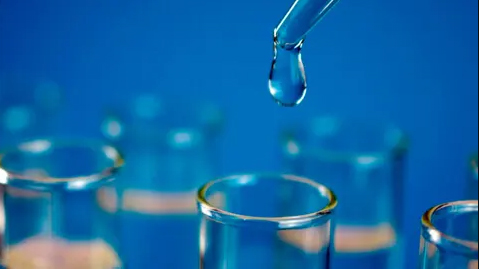


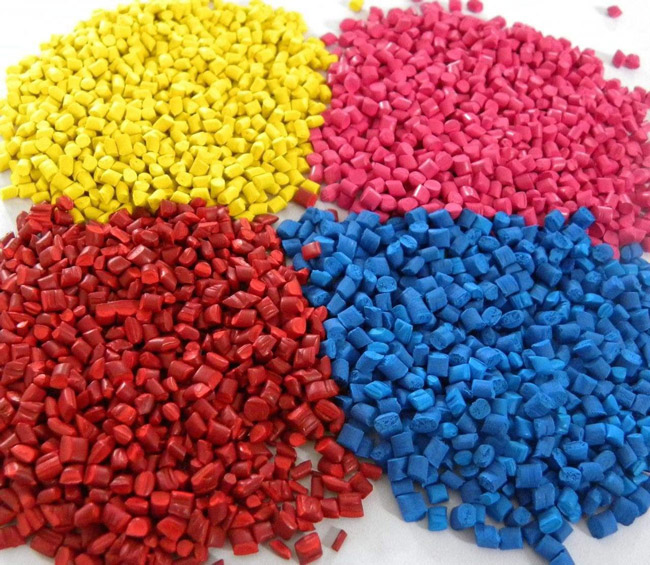

Comments